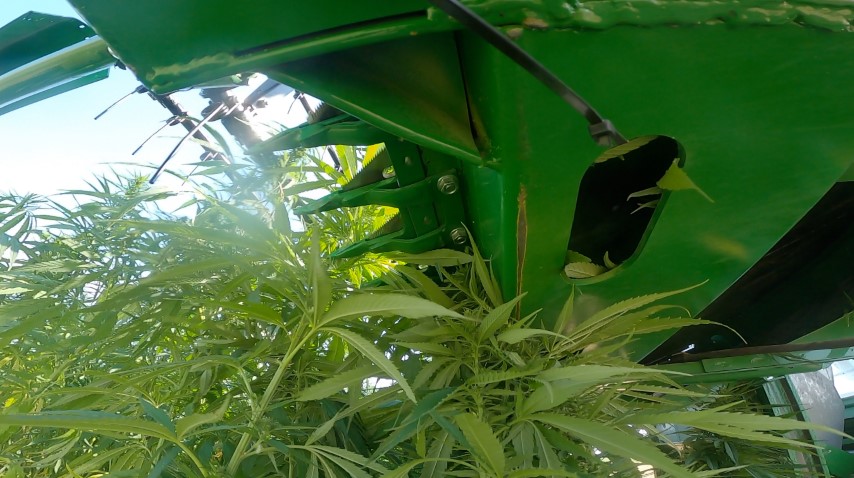Industrial hemp is mainly grown from varieties related to the family of Cannabis sativa, which is known for its long and strong bast fibers, shives, leaves, and flowers. The bast fibers are found in the stem and are one of the strongest fibers available from nature. With the complete plant in mind, the possibilities are vast and can be found in a wide range of products, like textiles, paper, building materials, and bioplastic.
For a hemp enthusiast, it’s unnecessary to emphasize, but hemp is one of the favorite crops for farmers and nature. It’s a fast-growing and resilient plant that can be grown in a variety of climates. It is also a low-maintenance crop, requiring only moderate amounts of water and fertilizer. The plant thrives in the growing season, adding an average of 4 cm to its height each day, which is why it outcompetes ther plants and weeds. Combining this with the fact that there are no harboring pests for the plant results in no use of chemicals.

Industrial hemp has a multitude of potential benefits for the environment and the economy. It is a sustainable crop that can help reduce our reliance on petroleum-based products. Hemp is also a good carbon sink, helping to absorb carbon dioxide from the atmosphere. With its long taproot and fine hair system, it grows deep in the soil, where it absorbs nutrients that are inaccessible to other crops.
Economically, hemp provides a chance for industries to reinvent themselves on the road for a lower environmental footprint. It also encourages innovation in existing processes. For example, in the building sector, it’s a great fit for the prefab industry. Houses can be prepared in the factory and built together like puzzle pieces in the building yard. The production of labor gains while the people work in better circumstances, instead of having to spend time on a construction site in all weather conditions.